Jabra Assist is a high-bandwidth, live-video-enabled communication device for use by emergency services, replacing the hand-held radio.
Jabra Assist
In response to the growing demands on emergency medical services, this project focuses on enhancing communication tools to improve patient outcomes. By collaborating with Jabra and the Umeå Ambulance station, I’ve aimed to leverage advanced communication technology for more efficient and effective emergency care. The result is Jabra Assist, a high-bandwidth communication device that incorporates live video streaming. It is aimed at completely replacing the traditional hand-held radio, anticipating the possibilities unlocked by a transition from radio to wireless broadband infrastructure for emergency services. Paramedics wear the device on the chest, allowing remote medical specialists to assist and guide them in real-time while they work with the patient. This method of remote assistance has been found to result in more accurate assessments, enhanced treatment capabilities, and fewer unnecessary hospital transports, saving precious emergency room capacity for those who truly need it.
Background
Emergency medical services operate under increasing pressure due to ageing populations and a rising number of emergency calls. To maintain the current quality of care, we must find more efficient and effective ways to utilize our healthcare capacity. In this project, which is a collaboration with Jabra and the Umeå Ambulance station, I have focused on communication within emergency medical services and how richer and more effective communication tools can improve patient outcomes. Incorporating technologies such as live video to allow paramedics to consult with remote medical specialists on the go, resulting in more accurate assessments, improved pre-hospital treatment abilities and better coordination of care. Over the past two decades, the ways in which we communicate have undergone a dramatic transformation. Technological advancements have made communication more rapid, accessible, and versatile than ever before, enabling us to express ourselves not only through words and speech but also through visuals, images, symbols and video. Despite this, the field of emergency services has yet to fully embrace this digital transition, relying predominantly on legacy radio technology. To Project explore new communication methods, I’ve worked with the possibilities unlocked by high-bandwidth, digital communication infrastructure for emergency services.
Result
The result of this exploration is Jabra Assist, a high-bandwidth, live-video-enabled communication device for use by emergency services. Mounted on the chest, it allows paramedics to stream video of their point of view to a remote medical specialist, who can assist them with the assessment and treatment of patients. This results in more accurate assessments, improved treatment abilities and most importantly: fewer unnecessary transports to the hospital. In addition to video assistance, Jabra Assist offers an entirely new user experience compared to traditional radios. It features a large top display that allows access to the most important features and information without ever having to unmount the device. A contextual dial is used for operating the user interface, making Jabra Assist suitable for use with gloves. Talking groups are automatically added based on your role, what shift you are in and the incident you are assigned to. Jabra Assist is supported by a bone-conducting headset, which keeps communication private and discreet. Bone-conducting technology serves the purpose of maintaining hygiene standards as it does not come into direct contact with or enter the ear. Additionally, it enables paramedics to maintain their situational awareness and use a stethoscope without having to remove the headset.
In collaboration with:

UID23 | Stijn van Cuijk – Grad Project Presentation

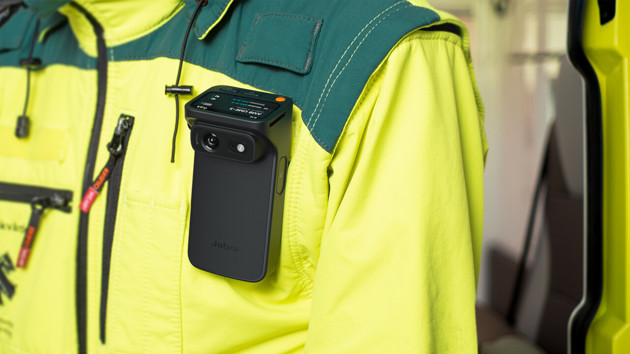
When Jabra Assist is worn on the chest, users can access the most important features and information through the large top display.
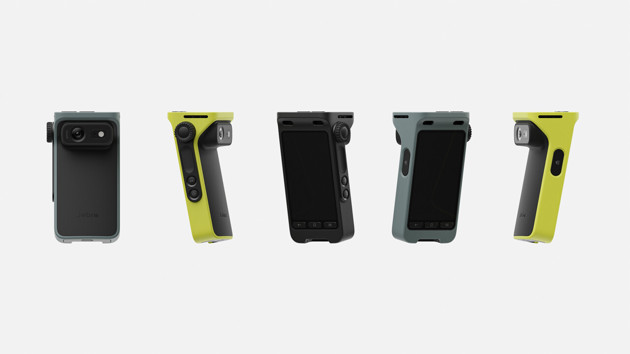
Jabra Assist’s design is characterised by prominent functional islands being held by an iconic outer frame.
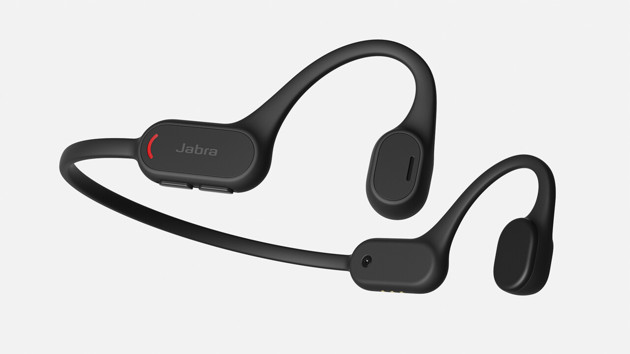
Jabra Assist is supported by a bone-conducting headset, which keeps communication private and discreet.
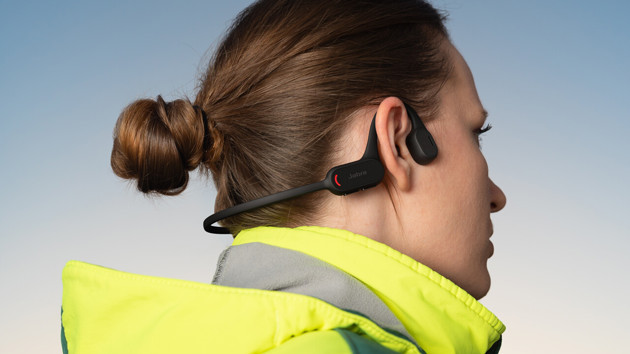
Besides being more discreet, the bone-conducting headset allows paramedics to maintain their situational awareness and use a stethoscope unobstructed.
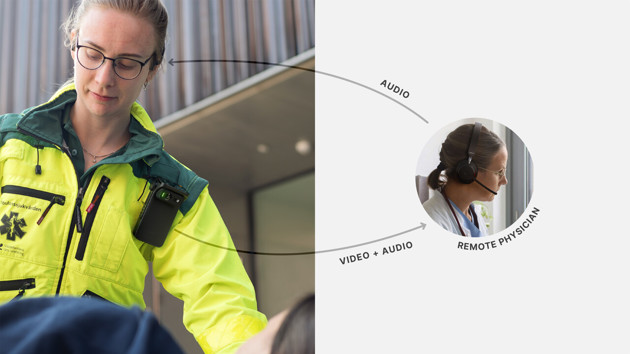
Paramedics can stream video of their point of view to a remote medical specialist, who assists them with the assessment and treatment of patients.
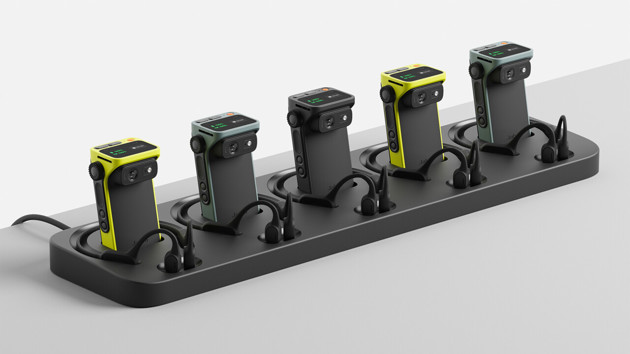
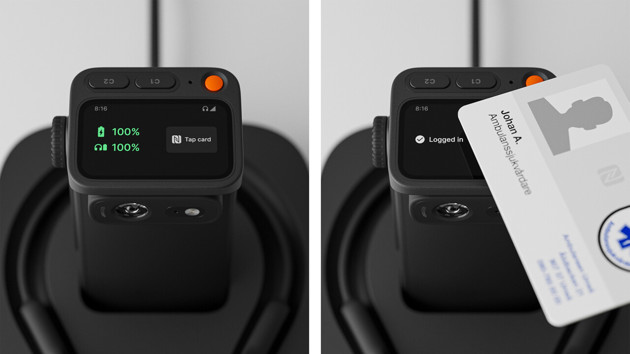
At the start of a shift, paramedics claim their devices by logging in. The device then smartly sets itself up according to the user's needs for that shift.
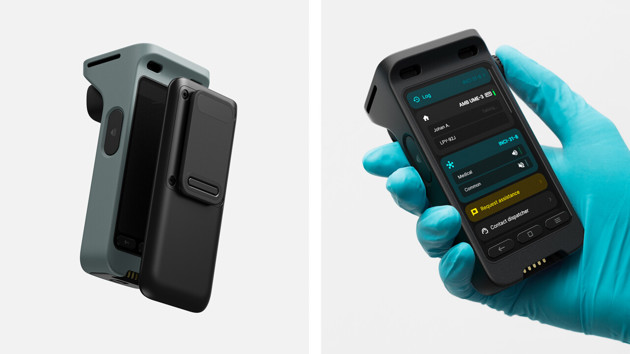
For handheld use, Jabra Assist is easy to detach from the mounting plate. The UI is intuitive to use with or without gloves.
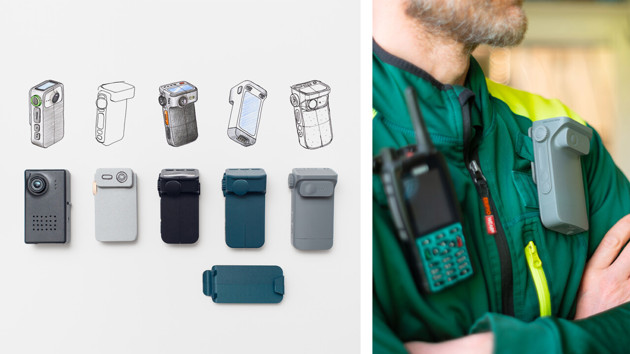
Sketching, prototyping and evaluating with users were key parts of the iterative design process.












